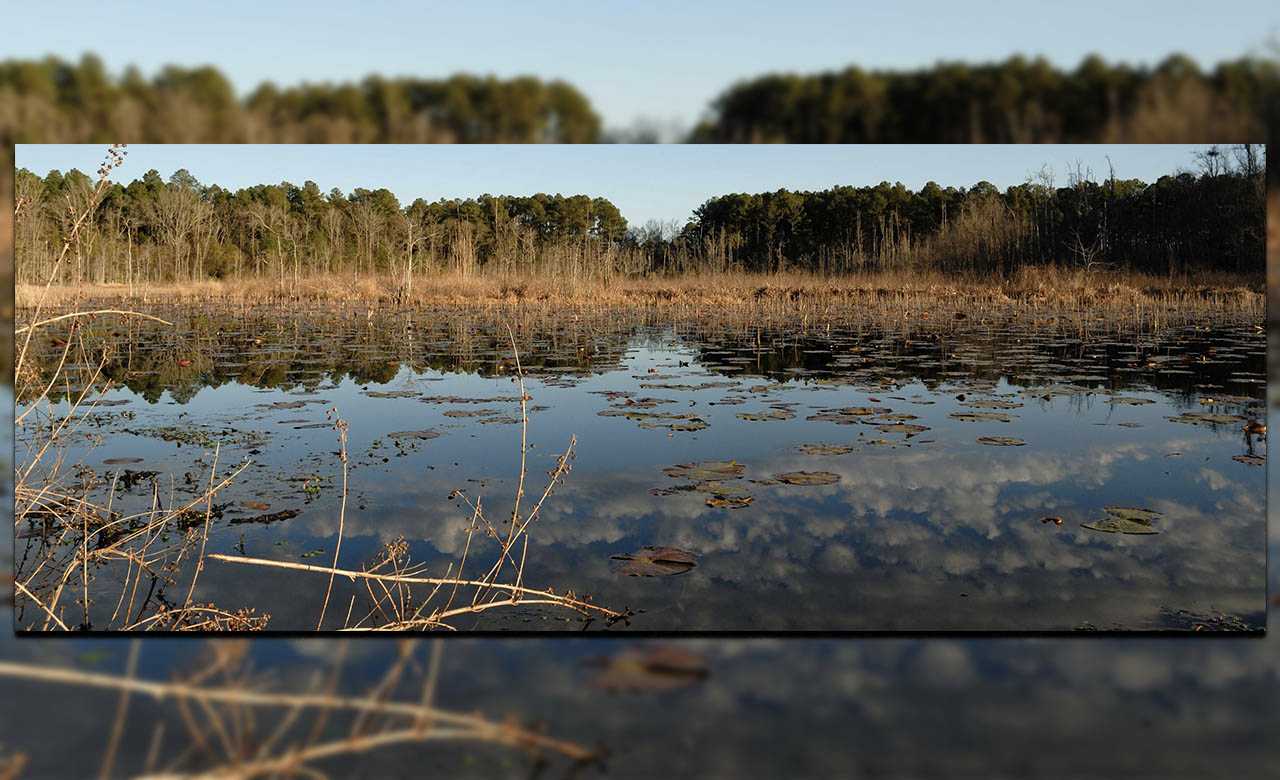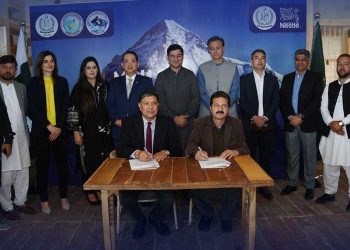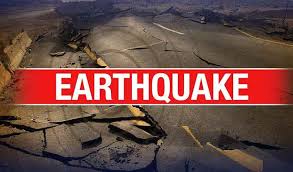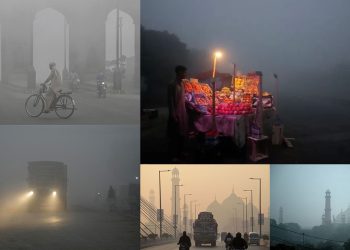It is 5 AM in Matli, a small village of Sindh Province in Pakistan and the first thing that comes to everyone’s mind is WATER. Alia and her daughter Khadijah make two kilometers round trip every morning to carry water for their family of five. When they reach there, there is often a queen of six people. Mother! “I don’t like to carry water,” says Khadija. It is difficult to carry. I have back pains, I always get late from my school, because of the queue. I want to be a bright student, but I could not perform well in my exams. Instead of spending time on carrying water, I must use this time to study. Pakistan being a Water Scarce country needs to focus on what measures are important to avoid the scarcity of water.
Why are the people facing this level of scarcity of water? How many people have accessibility to clean water? Is the same issue being faced by other countries as well? What is the situation in Pakistan? According to studies, this is the story of 1.2 billion people who lack access to clean drinking water.
Water Scarce Country
Before moving on, it is important to first understand the exact meanings of water stress country and water-scarce country. According to the UN report, when water supplies lie between 1,700 and 1,000 cubic meters per person per year, the country faces water scarce, and when water supplies drop below 1,000 cubic meters per person per year, the country faces “water scarcity”. Unfortunately, the Pakistan Council of Research in Water Resources had reported in 2016 that Pakistan had touched the “water stress line” in 1990 and crossed the “water scarcity line” in 2005.
What factors are underlying for water scarcity in Pakistan? The factors include an ineffective irrigation system, shortage of wastewater treatment facilities, a low number of water reservoirs, increased Industrialization, climate change, and domestic water politics in Pakistan. Water problems could be better controlled by rainwater harvesting, pakka kahal system, the involvement of private sectors by the public participatory approach, stopping housing colony system in agriculture land, and effective irrigation system.
Water Scarce Country’s Solid Statistics
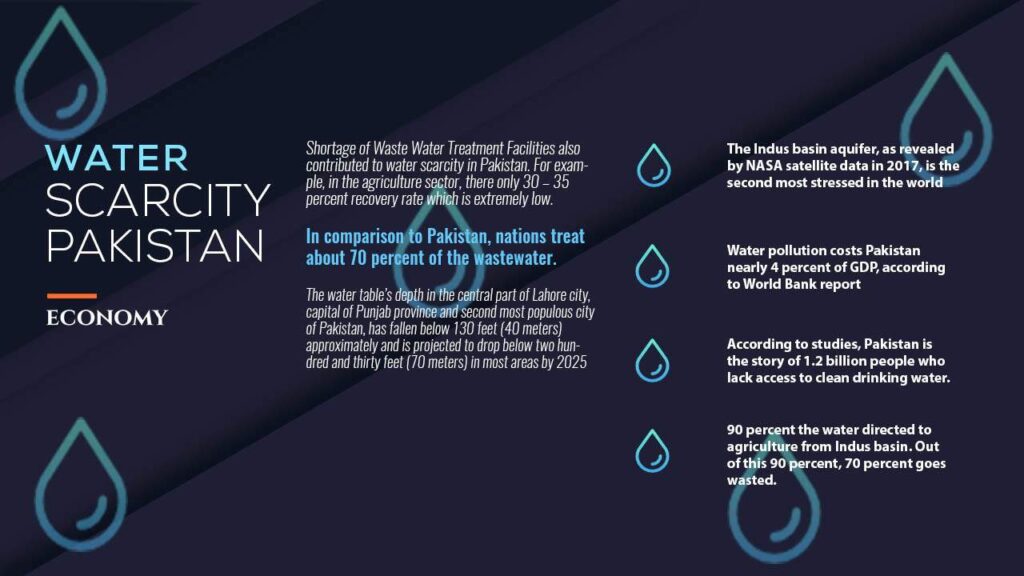
Instead of the availability of solid statistics, still there is a minority of analysts who have wrongly assumed that water scarcity is just a myth. WHY? They opine that Pakistan is not going to run out of the water but the issue is exaggerated. However, the reality is the opposite because Pakistan is facing the issue of water both in quantity and quality. On the part of the former, Pakistan is ranked 3rd in the world amongst countries in the world facing acute water shortage according to IMF Report. Groundwater tables, which are the safety net, are depleting at a fast pace.
The Indus basin aquifer, as revealed by NASA satellite data in 2017, is the second most stressed in the world. Moreover, the water table’s depth in the central part of Lahore city, capital of Punjab province and second-most populous city of Pakistan, has fallen below 130 feet (40 meters) approximately and is projected to drop below two hundred and thirty feet (70 meters) in most areas by 2025. For later, when it comes to quantifying the situation is even worse.
For instance, thirty-five percent of the population lacks access to safe drinking water. It is mentioned in the research in Science Advances Journal that more than 2/3rd households drink contaminated water. Additionally, 91 percent of the water of Karachi, the most populous city of Pakistan, contains sewage and industrial waste as per the Judicial Commission Report. More than that, water pollution costs Pakistan nearly 4 percent of GDP, according to the World Bank report. In light of all these facts, it can safely say that water scarcity is a real and the most attention-seeking problem, instead of ignoring it as a myth.
Agriculture & A Water Scarce Country
If water scarcity is really a problem, then what are the crisis behind it in Pakistan? Inefficiencies in Water Irrigation System in Agriculture is a big problem of water scarcity in Pakistan. Studies show that 90 percent of the water directed to agriculture from the Indus basin. Out of this 90 percent, 70 percent goes wasted. Water which is actually required for the Crops is less than 30 percent of 90 percent incoming water. Because of the wastage of this precious source, 80 percent of crops are irrigated by Canals and Wells.
Shortage of Waste Water Treatment Facilities also contributed to water scarcity in Pakistan. For example, in the agriculture sector, there only a 30 – 35 percent recovery rate which is extremely low. In comparison to Pakistan, nations treat about 70 percent of the wastewater. Similarly, the shortage of water reservoirs is also a big reason for water scarcity in Pakistan. According to International Commission on Large Dams, There are around 57000 dams in the world, and Pakistan has only 164 Dams while China has 23,841, the United States of America has 9,265, and the neighbor of Pakistan, India, has 5,100 dams. More than that, according to the IMF report, the international storage capacity of water is 120 days, while Pakistan has just 1-month storage capacity.
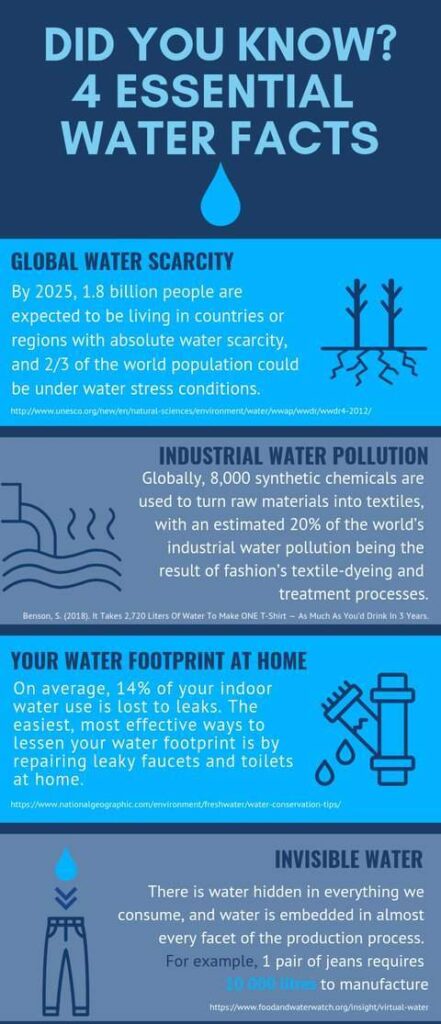
Climate Change & Global Warming
Climate Change and Global Warming are also aggravating Pakistan’s water crisis. Due to rising temperatures melting equilibrium is being changed. According to the World Bank report, the river flow from the Eastern Himalaya may decrease by 40-50 percent in the next 50 years. Moreover, glaciers are also melting with fast pace like Arctic ice cap has decreased from 2.8 million square miles to 2.0 million square miles in the span of 40 years. Simple, this situation is alarming. Moving on, domestic water politics have been also played a significant role to for the water scarcity in Pakistan. Diya Meer Bhasha dam has been politicized throughout the existence of Pakistan. Similarly, unequal funds for the effective water irrigation system have always be allocated in all provinces of Pakistan.
No doubt, water is a precious but limited natural source. Alike Pakistan, many developed countries have been faced water scarcity issue. Instead of getting panic, these countries have managed this issue effectively. For example, between 1997 and 2009, Australia faced its worst drought in history. Water storage levels in Melbourne dropped to slightly above 26 percent, an all-time low. To resolve this issue, city leaders installed electronic billboards along highways to display current reservoir levels. This stance created a sense of self – Responsibility.

By the end of the drought, it is noted that nearly one in three Melbourne citizens had a rainwater holding tank in their home. The second worth sharing example is Singapore. The country imports 60 percent of its water. In 2008, to capture as much rainwater as possible, it built Marina Barrage, an enormous reservoir one-sixth the size of Singapore, in the heart of the city. Marina Barrage has boosted the city-state’s water supply by 10 percent. So, Pakistan must think creatively and learn such lessons from developed countries.
Resolving Water Scarcity in Pakistan
Following are – must adopted – ways to resolve water scarcity issue in Pakistan. First, rain water harvesting must be promoted. Although it is mandatory to develop a water tank for rain water harvesting to build every new house under Lahore Development Authority Byelaws (with 300 gallons capacity for 5 Marla House, 500 gallons capacity for 10 Marla House, 1000 gallons capacity for 1 Kanal House, and so on), but the implementation of these law is very ineffective.
On the ground, implementation is pre-requisite for real change. Second, Pakka Kahal System is mandatory to reduce the wastage of water through seepage. Third, the construction of dams, reservoirs, and an effective irrigation system must be depoliticized. Delayed projects including the Naddi Purr power project, and Neelum Jhelum power project must be completed as soon as possible. Fourth, the government must make small new dams in Chitral and Gilgit areas. Fifth, the use of modern technology must be encouraged. For instance technologies like sprinkle irrigation system should be promoted. Last but not the least, the effective role of media can never be undermined. The media must play its productive role to run awareness campaigns like the benefits of clean drinking water and its conservation, and importance of water, etc.
